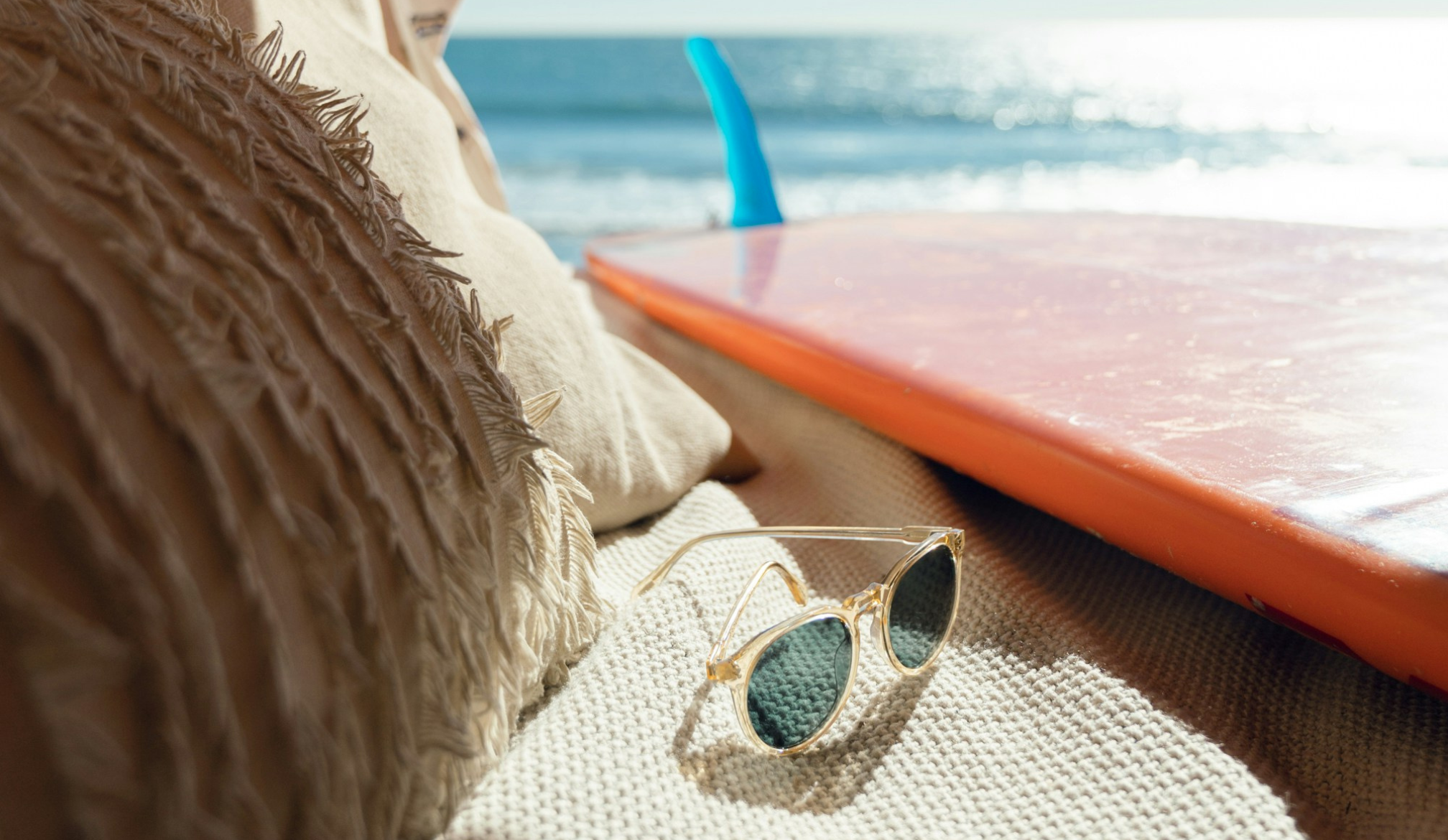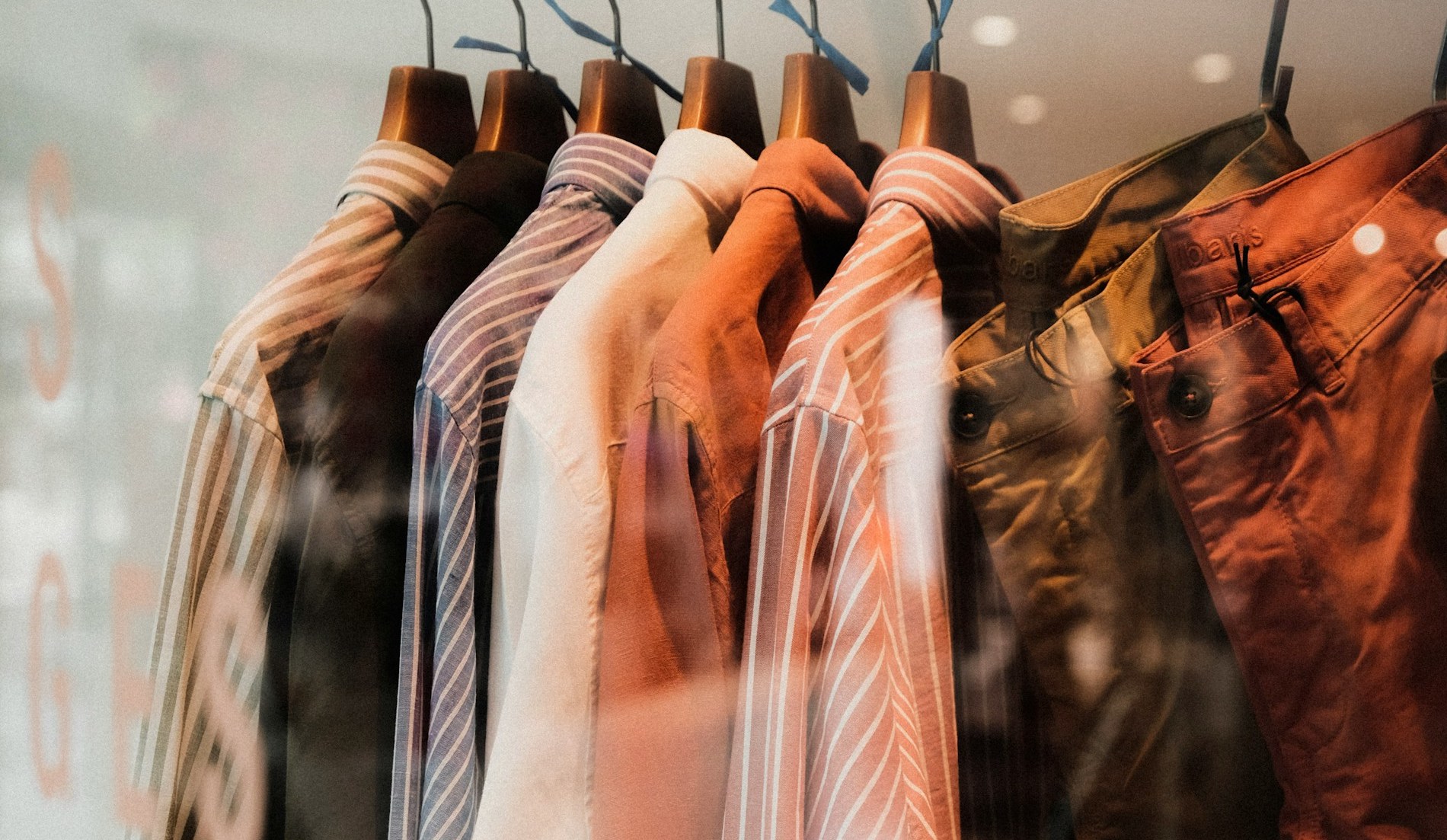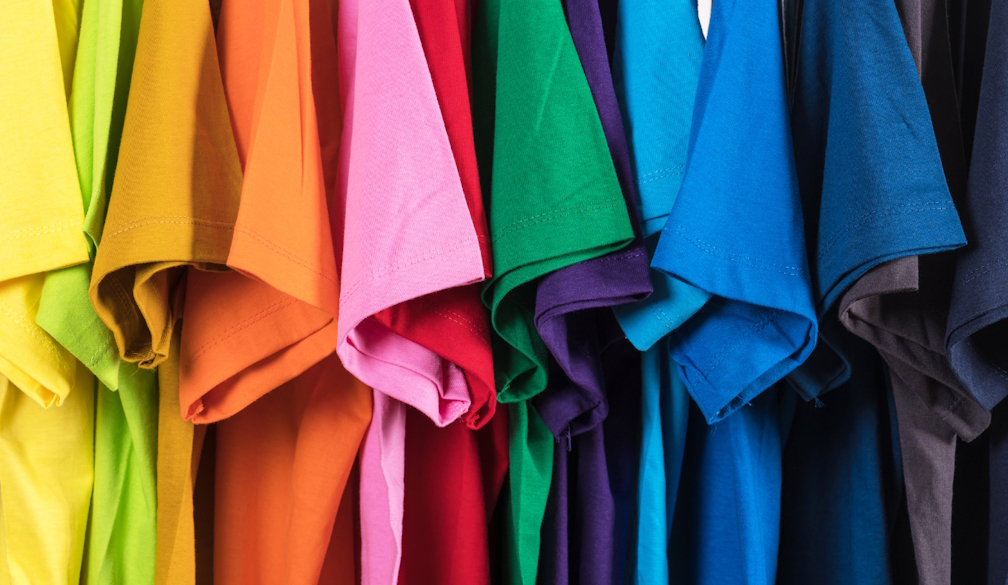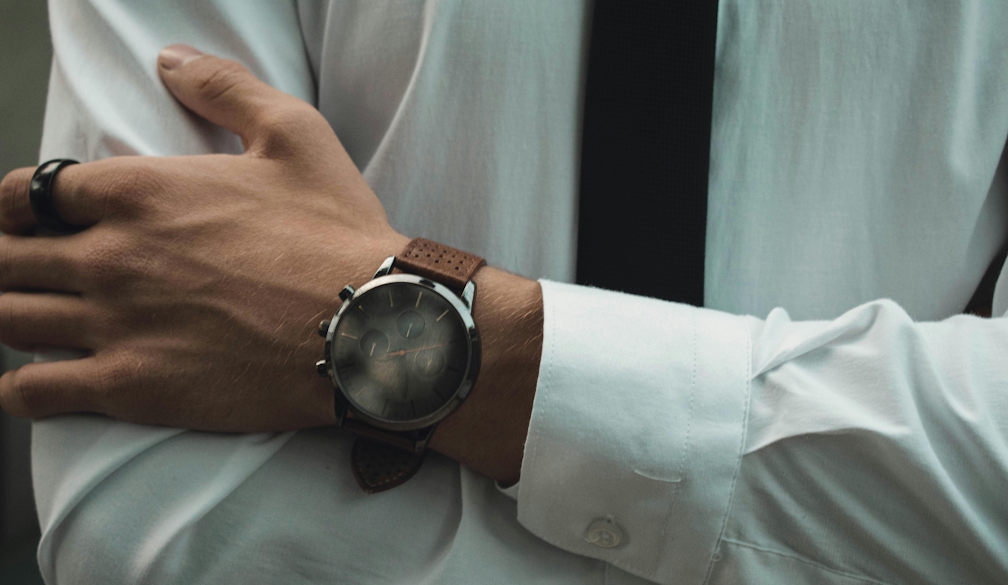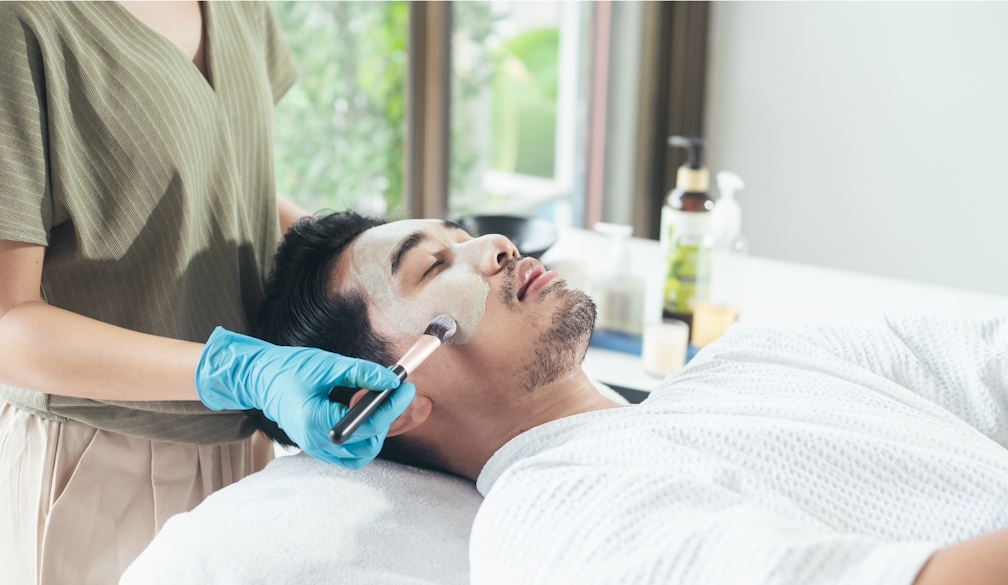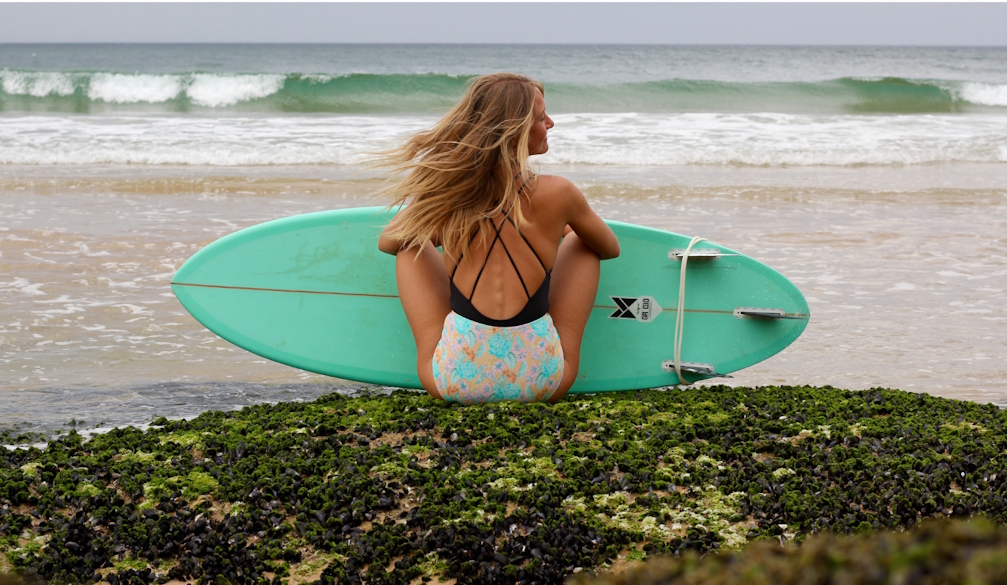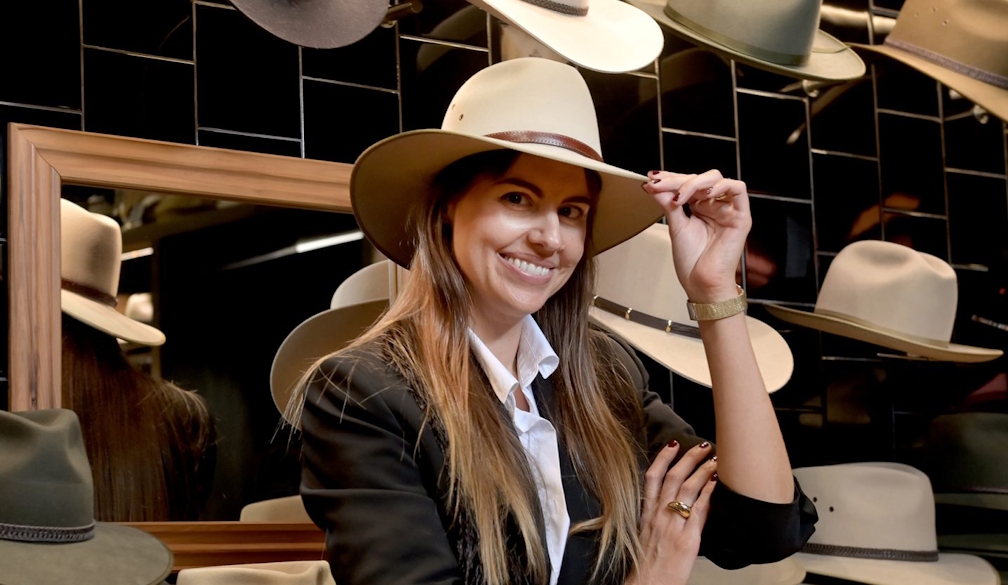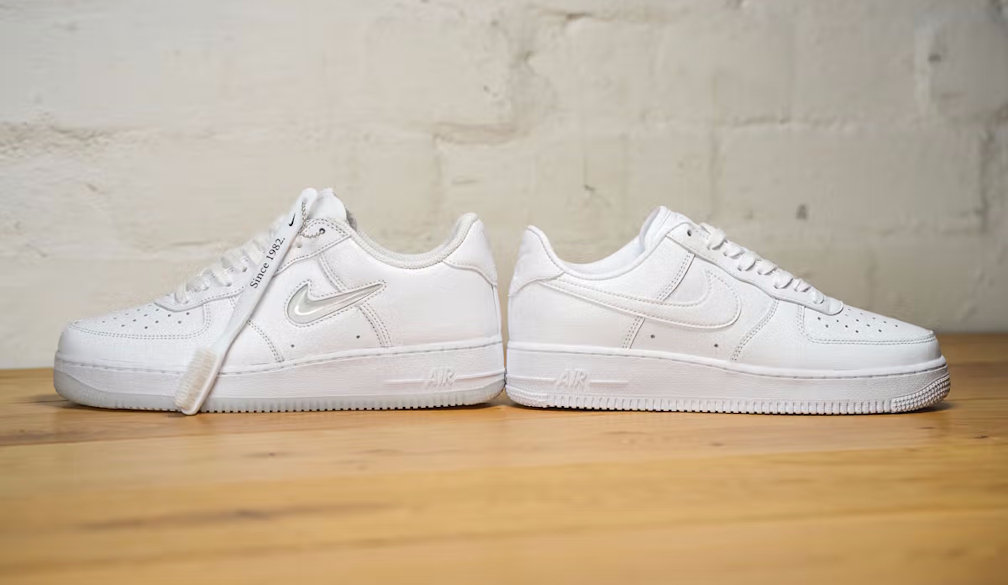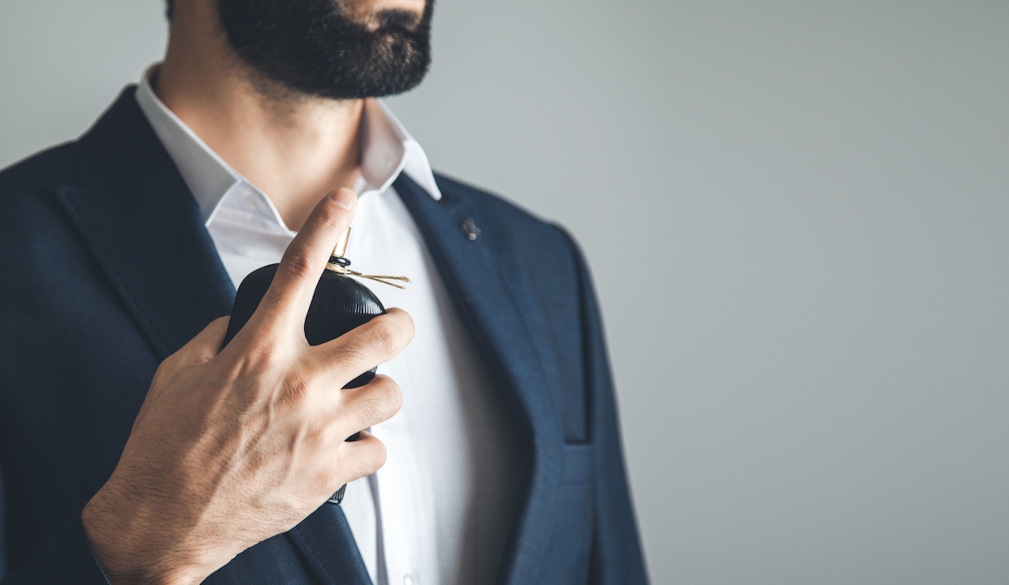How to choose the best running footwear
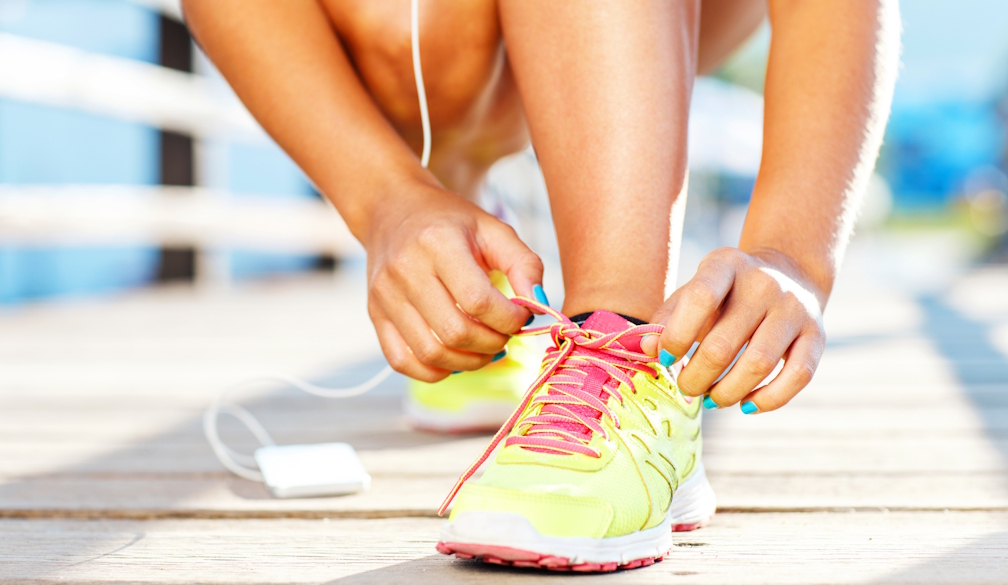
Choosing the Best Running Footwear for Your Exercise Campaign
Embarking on an exercise campaign, especially one centered around running, requires careful consideration of many factors. Among these, the selection of appropriate running footwear stands out as paramount. The right pair of shoes can dramatically enhance your comfort, performance, and overall experience, while the wrong choice can lead to injuries, discomfort, and ultimately, abandonment of your fitness goals. This comprehensive guide will help you navigate the world of running shoes and select the perfect fit for your needs.
Understanding Your Foot Type and Gait
The first step in choosing running footwear is to understand your foot type and gait (the way you run). There are three primary foot types:
Neutral: This type has a normal arch and exhibits balanced pronation (the natural inward roll of the foot during landing).
Overpronated: This type has a low or flat arch and the foot rolls inward excessively.
Supinated (Underpronated): This type has a high arch and the foot rolls outward, placing stress on the outer edge.
To determine your foot type, try the "wet test." Wet the bottom of your foot and step onto a piece of paper. The footprint you leave will indicate your arch type:
Full footprint: Flat feet, likely overpronated.
Half footprint with a defined curve: Normal arch, neutral pronation.
Thin, fragmented footprint: High arch, likely supinated.
Additionally, observing your current running shoes can provide clues. Excessive wear on the inner edge indicates overpronation, while wear on the outer edge suggests supination.
Types of Running Shoes
Running shoes are broadly classified into several categories, each designed for specific foot types and running styles:
Neutral Shoes: These shoes provide cushioning and support without controlling pronation. They are ideal for runners with neutral gaits.
Stability Shoes: These shoes offer additional support on the medial (inner) side to control overpronation. They are suitable for runners with flat feet or excessive inward rolling.
Motion Control Shoes: These provide maximum support and control for severe overpronation. They are often heavier and more rigid.
Cushioned Shoes: These shoes emphasize shock absorption and are ideal for runners with high arches or those who prefer a softer ride.
Trail Shoes: Designed for off-road running, these shoes feature aggressive outsoles for traction, protective plates to shield from rocks, and more durable uppers.
Minimalist Shoes: These shoes offer minimal cushioning and support, aiming to mimic natural running. They are best for experienced runners with strong feet and efficient gaits.
Key Features to Consider
Beyond type, several features influence the performance and suitability of running shoes:
Cushioning: The level of cushioning affects comfort and shock absorption. Consider your running surface (road vs. trail) and your preference for a firm or soft ride.
Support: Stability and motion control shoes offer varying degrees of support. Choose based on your pronation level.
Outsole: The outsole provides traction and durability. Look for durable rubber for road running and aggressive lugs for trail running.
Midsole: The midsole is the shoe's primary cushioning and support system. Different materials, such as EVA and polyurethane, offer varying properties.
Upper: The upper should be breathable and comfortable. Mesh materials enhance airflow, while overlays provide structure and support.
Heel-to-Toe Drop: This refers to the difference in height between the heel and the toe. Higher drops provide more cushioning in the heel, while lower drops promote a more natural stride.
Fitting Your Running Shoes
Proper fit is critical for comfort and injury prevention. Follow these guidelines:
Shop in the Afternoon: Your feet swell throughout the day, so shopping later ensures a more accurate fit.
Bring Your Running Socks: Wear the socks you typically run in to get the best fit.
Allow a Thumb's Width: There should be about a thumb's width of space between your longest toe and the end of the shoe.
Heel Fit: Your heel should feel secure without slipping.
Width: The shoe should be wide enough to accommodate your foot without feeling cramped or tight.
Test Them Out: Jog around the store or on a treadmill to get a feel for the shoes.
Additional Considerations
Running Surface: Road running requires different shoes than trail running.
Running Distance: Longer distances may necessitate more cushioning and support.
Running Frequency: Frequent runners may need more durable shoes.
Body Weight: Heavier runners may benefit from more cushioning and support.
Budget: Running shoes vary widely in price. Set a budget and explore options within that range.
Remember, investing in a quality pair of running shoes is an investment in your health and fitness journey. Take your time, do your research, and try on multiple pairs to find the perfect fit for your exercise campaign. Happy running!




